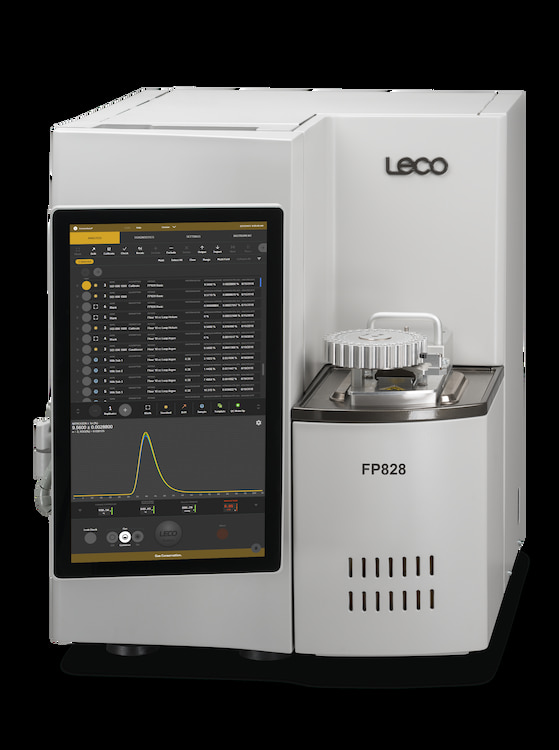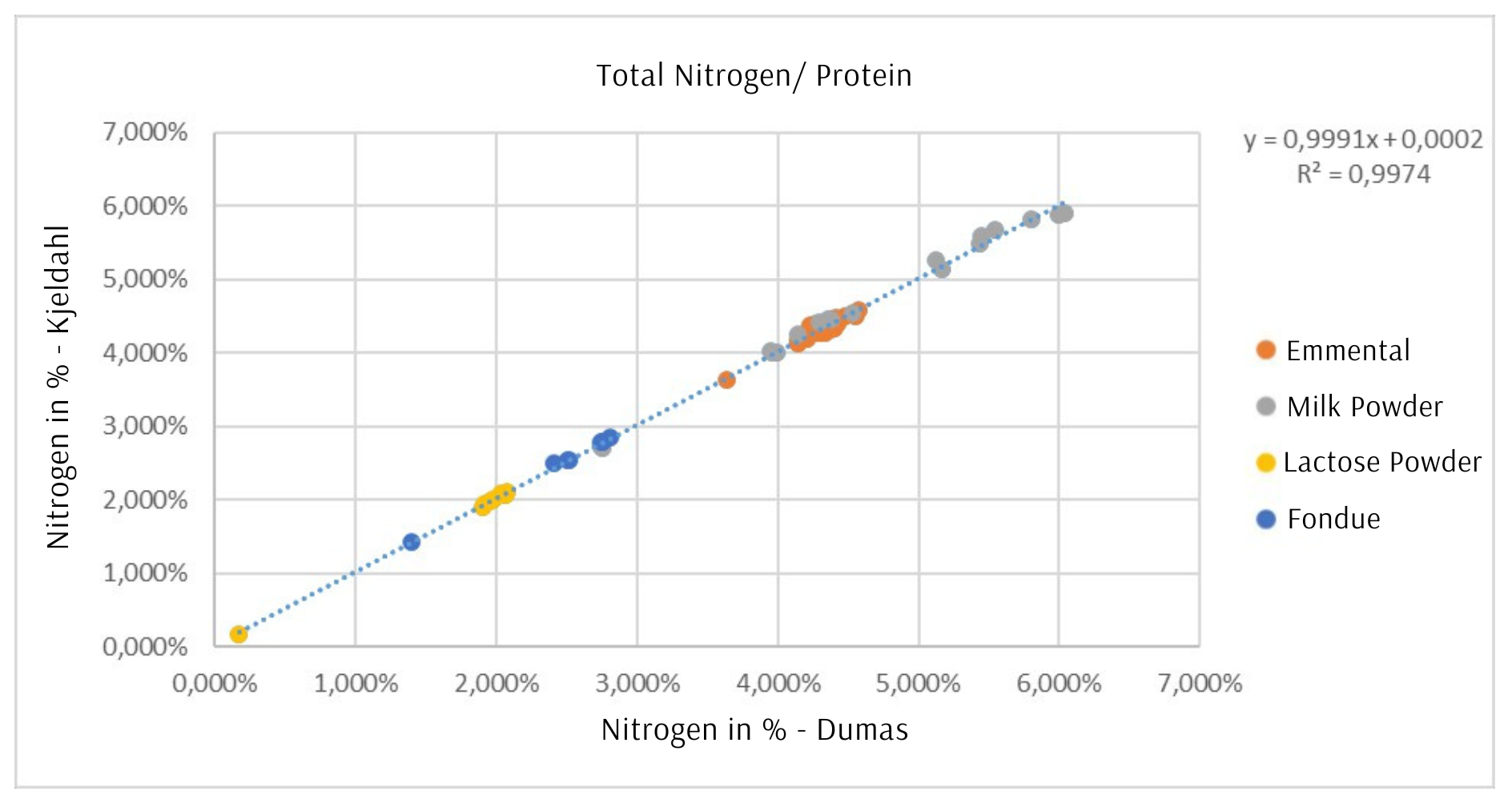Dumas Combustion Method as Replacement for Kjeldahl—Examples from Milk Analysis
We are introducing a short series of blog posts to explore the benefits of the Dumas method of protein determination with a focus on milk and milk products. This blog post will address total protein determination, while the second will examine the determination of NPN (non-protein nitrogen) and NCN (non-casein nitrogen).
Since the late nineteenth century, the Kjeldahl method of protein determination has been a widely used method for determining Nitrogen/protein concentration in food samples. Despite its disadvantages, (long analysis times, high costs, safety issues, and recovery concerns) it remained the standard in food laboratories until the early 1990s. Since then, the Dumas combustion method has regained relevance in the field. Numerous comparison tests have shown that the results are comparable in terms of accuracy and precision.
At LECO, we produce Dumas instruments, which employ the Ballast-Aliquot method. The sample is combusted in pure oxygen, with all combustion gases collected in a ballast volume. An aliquot of 3 to 10cm is pushed through the system by an inert carrier gas (Ar or He) and analyzed by a thermal-conductivity detector (TCD). This method provides the following benefits:
- High throughput with an analysis cycle time of 2.8 minutes for the FP828 model
- Simple method with linear calibration, applicable to nearly all food samples without requiring specific information about the sample
- Solid and liquid samples analyzed with the same setup, removing the need for a liquid sampler or mixing milk with absorbent material
- Macro capabilities, allowing for the analysis of up to 1 g of milk (FP828) or more than 1 g for the FP928 model
- High instrument uptime, no need for oxidizing reagents, and low costs per analysis due to the ballast aliquot principle

A recent comparison study of Kjeldahl and Dumas techniques for solid and liquid dairy samples, organized by a large dairy products producer in France, showed a high degree of agreement with a precision better than 1% RSD.
| Kjeldahl | Dumas | Matrix |
| Lab Average | FP 828 P | |
| 3,59% | 3,61% | Milk A |
| 3,37% | 3,36% | Milk B |
| 2,71% | 2,72% | Buttermilk |
| 1,79% | 1,81% | Cream |
| 3,67% | 3,58% | Raw Milk |
The Kjeldahl and Dumas techniques showed excellent correlation (R² > 0.997) for total Nitrogen in cheese and milk powders.

In conclusion, the LECO 828 instrument series of protein analyzers using the Dumas method delivers accurate results comparable to the Kjeldahl method in analyzing Emmental Cheese and milk powders. The Dumas method offers advantages such as faster speed, lower cost per analysis, improved safety for the environment and technicians, and efficient automation.
For further evidence of the capabilities of the FP828 protein analyzers, check out this application note on determining Nitrogen/protein in cheese.
To learn more about the FP828 and the benefits of the Dumas method when it comes to protein determination, consider attending our upcoming webinar, “Protein Determination in Food with Focus on Dairy Samples with LECO.”





